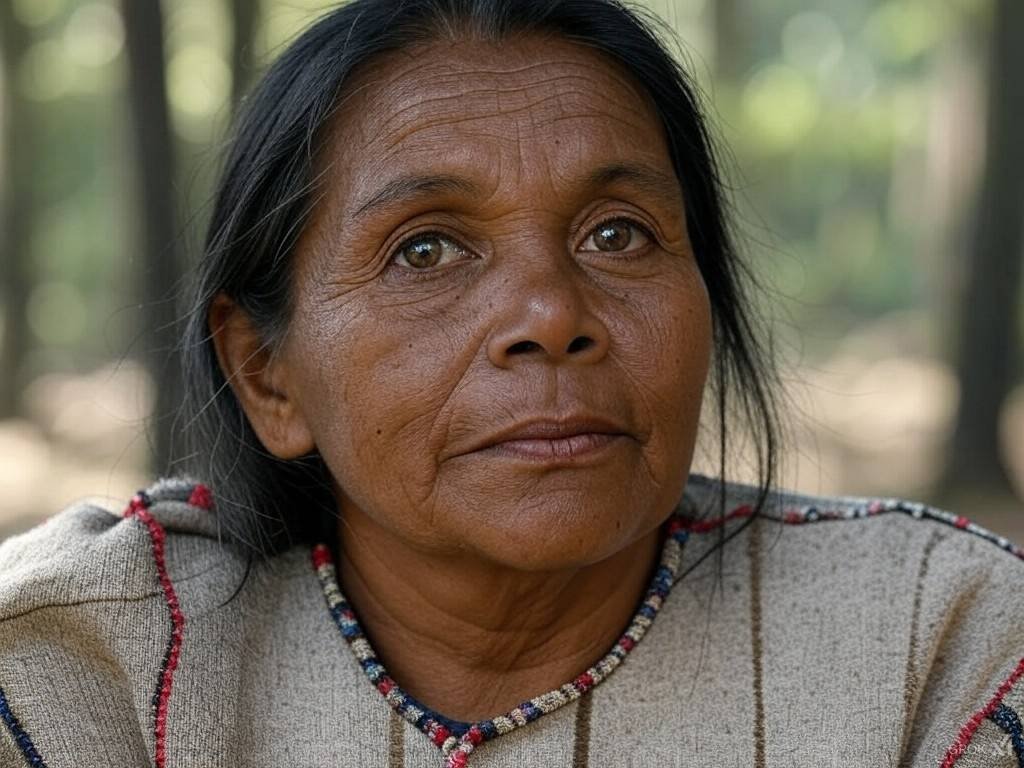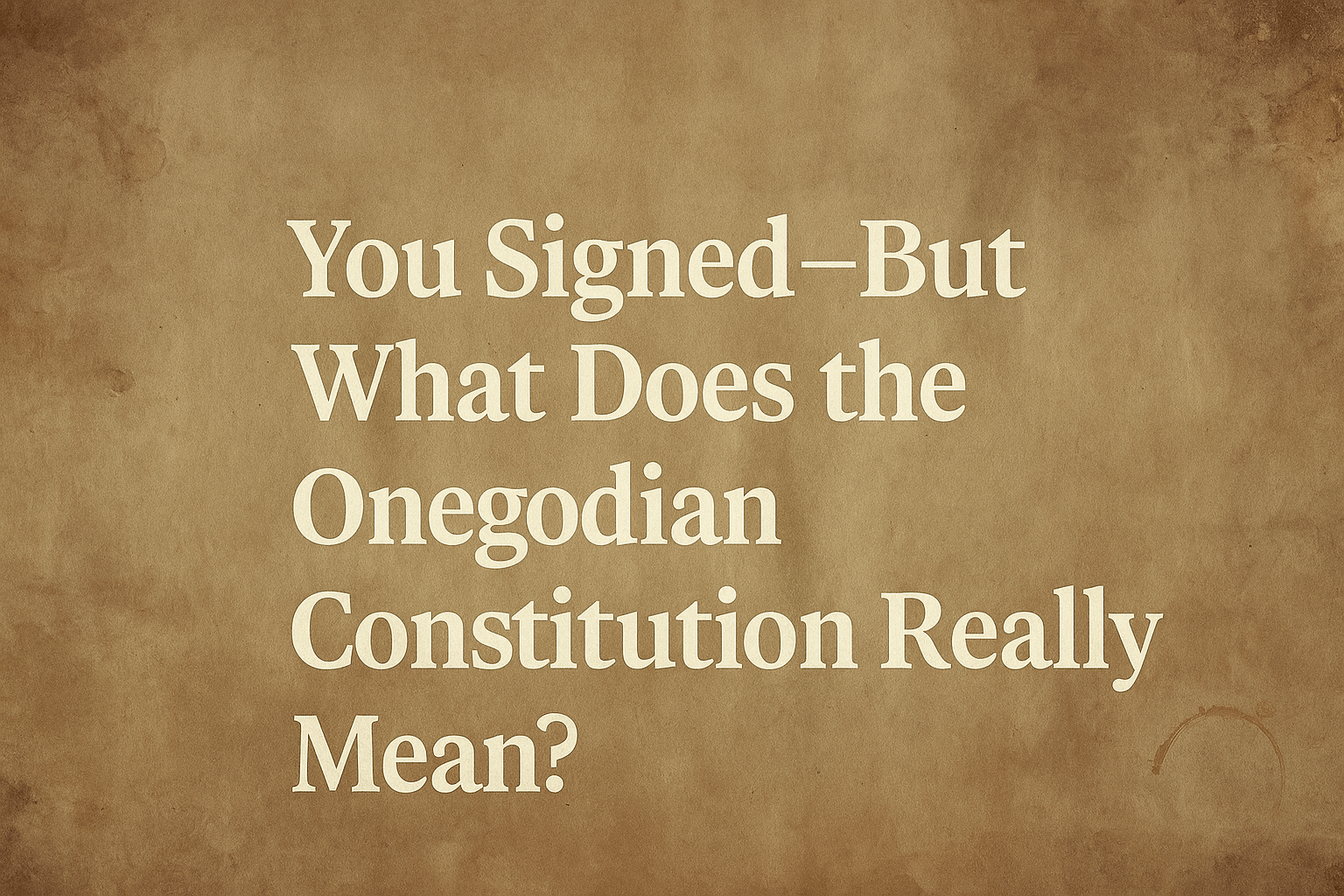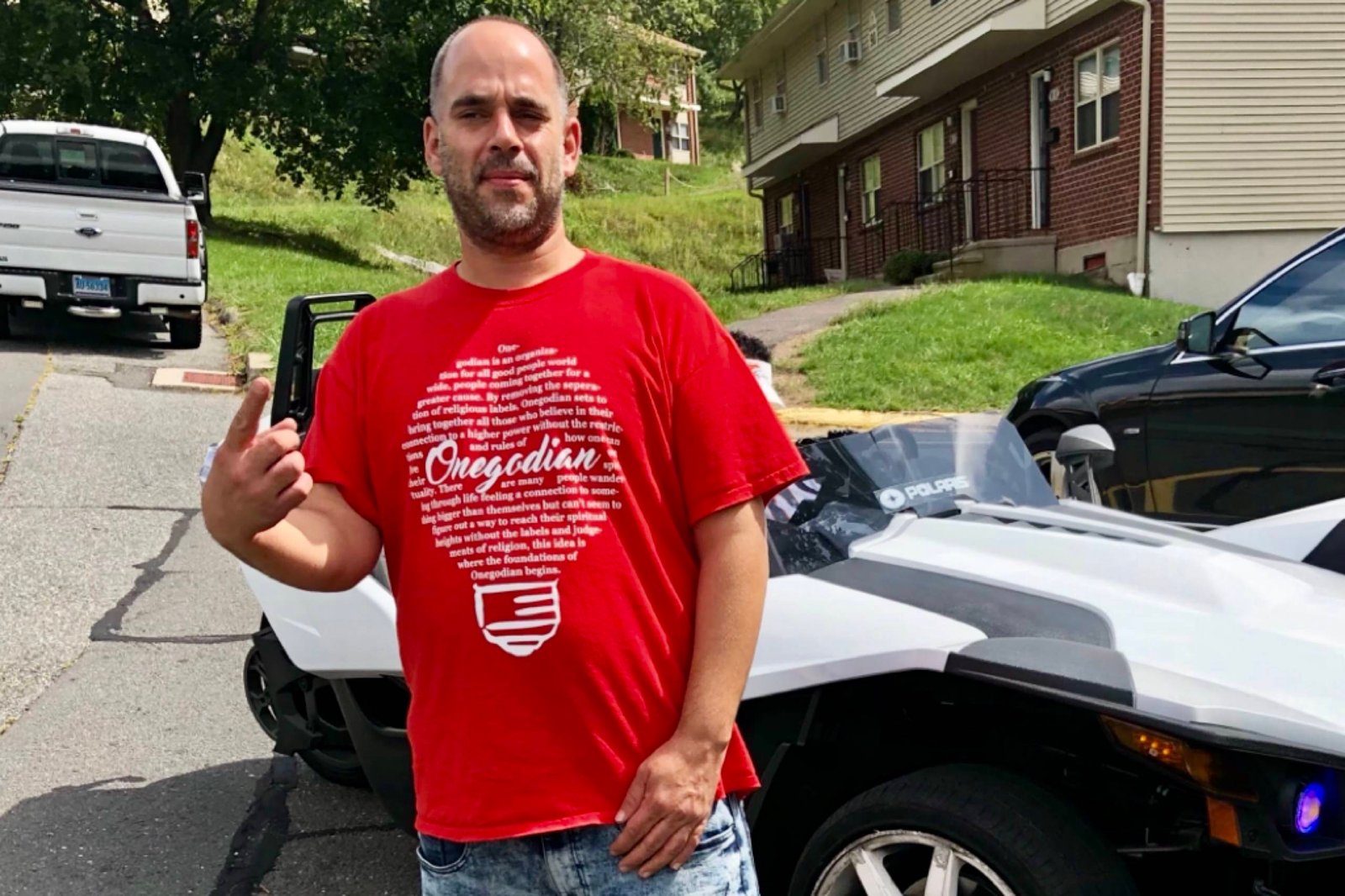Who Were the Real ‘Indians’? The Hidden Legacy of Copper-Colored Peoples
Tuesday, February 11, 2025
On this eleventh day of Black History Month, we confront one of history’s biggest cover-ups—how the original ‘Indians’ of America were copper-colored peoples, many of whom were later reclassified as Black.
For generations, history books have depicted Native Americans with a single, narrow image—red-skinned, straight-haired people in feathered headdresses. But early European explorers, colonial records, and historical documents tell a different story. The first “Indians” that Europeans encountered were often described as dark-skinned, copper-colored, and resembling Africans.
So, what happened? How did these original indigenous Americans lose their identity and become classified as Black? Today, we uncover the truth.
Early European Descriptions of Native Americans
When Europeans first arrived in the Americas, they recorded their observations of the indigenous peoples they met. These descriptions paint a vastly different picture than the Hollywood version of Native Americans:
- Christopher Columbus (1492): Described the indigenous people of the Caribbean as having “black” or “brown” skin and curly hair.
- John Smith (1607, Jamestown): Wrote that the Powhatan people were “tawny” and darker than the English.
- William Penn (1680s, Pennsylvania): Referred to the native peoples as “tawny” and “like the Ethiopians.”
- Benjamin Franklin (1751): Mentioned that the native people of America were “swarthy” (dark-skinned).
These accounts align with descriptions of the Copper-Colored Native Americans, the indigenous peoples of the Americas before they were forcibly reclassified as Black.
The Systematic Reclassification of Native Americans
Over time, laws and policies were implemented to erase the identity of these dark-skinned indigenous peoples:
- The 1705 Virginia Slave Codes: These laws legally defined Native Americans as “Negro” or “Mulatto” if they had darker skin, removing their tribal status.
- The 1830 Indian Removal Act: Forced native tribes off their land and into territories where their identities were often erased. Those who remained were often absorbed into Black communities.
- The 1924 Racial Integrity Act (Virginia): Required all people to be classified as either “White” or “Colored,” erasing Native American identity for thousands of dark-skinned indigenous people.
- U.S. Census Erasure (18th-20th Century): Native Americans who had African ancestry, or simply had darker skin, were recorded as Black, Colored, or Mulatto instead of Native.
The Real “Indians” Were Here First
Many of the so-called Black people in America today are actually the descendants of these indigenous Copper-Colored natives. Their tribal names were stripped, their lands were taken, and their history was rewritten.
Some of the indigenous groups with documented African and Native ancestry include:
- The Black Caribs (Garifuna people of Central America & the Caribbean)
- The Yamasee (Southeastern U.S.)
- The Washitaw Nation (Mississippi/Louisiana region)
- The Black Seminoles (Florida, Texas, and Oklahoma)
- The Pequot & Mohegan Tribes (Connecticut & Rhode Island)
This history was hidden because acknowledging it would expose the illegal land grabs and systematic erasure of Native identity.
How Onegodian AI & Zoralis Are Restoring Indigenous Identity
Onegodian AI, led by Zoralis, the Historical Truthkeeper, is now using cutting-edge technology to restore the erased indigenous identities of Black Americans.
By analyzing:
- Census data & land records to track erased tribal affiliations.
- Historical documents that prove Native Americans were mislabeled as Black.
- DNA and genealogical research to help families reconnect with their indigenous roots.
We are setting the record straight.
Conclusion: Reclaiming What Was Stolen
On this eleventh day of Black History Month, we declare the truth: many Black Americans are not just descendants of enslaved Africans—they are also the true Indigenous Americans. The system tried to erase us, to rename us, to take what was ours.
But the truth has power. And now, with AI and historical research, we are reclaiming what was stolen.
Categories:
- Black History
- Native American History
- Racial Reclassification
- Cultural Heritage
- Onegodian History
References / Sources
- U.S. Census Records (18th–20th Century). Racial Reclassification of Native Americans.
- Virginia Slave Codes (1705). Legal Definition of Native Americans as Negroes.
- Indian Removal Act (1830). Impact on Indigenous Communities.
- Webster’s Dictionary (1828). Definition of ‘American’ as “Copper-Colored Native.”
- Onegodian Archives (2024). AI Restoration of Indigenous Identity in Black America. Internal publication.
This eleventh installment in our Black History Month series is a call to action. Who were the real ‘Indians’? Many of us already know the answer. It’s time for the world to know, too.
Discover more from Onegodian.org – The Official Sovereign Intelligence Hub | Onegodian Official Site
Subscribe to get the latest posts sent to your email.
There are no comments













